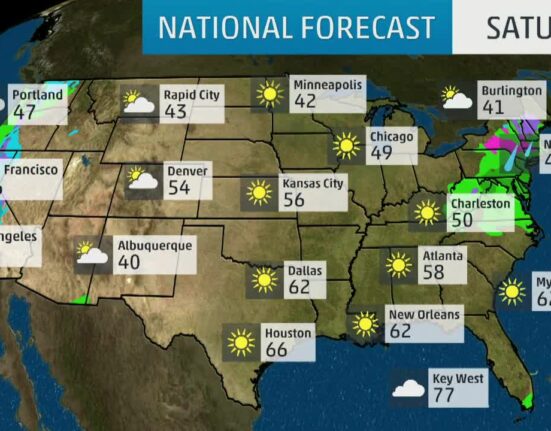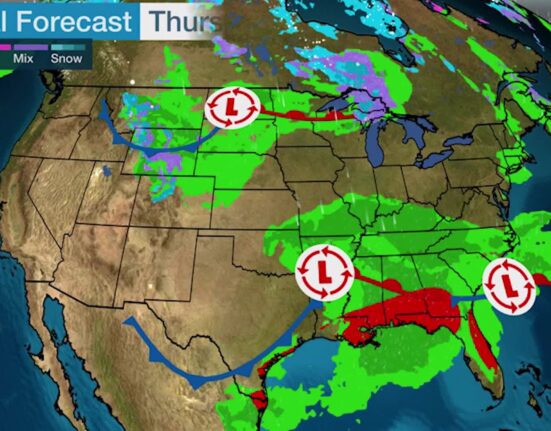Sydneysiders love their beaches and harbor, but behind the scenes, the city’s sewerage network is struggling. The dark debris balls washing up on Coogee and other beaches are just one visible symptom of a much larger issue – an overburdened system that may soon reach its breaking point. As reported by www.smh.com.au, experts warn that without intervention, the situation could worsen as Sydney’s population continues to grow.
Professor Stuart Khan from the University of Sydney paints a grim picture of what lies ahead if changes aren’t made soon. He emphasizes,
“If we don’t pull more water out of that system, then we’re going to get to the point where we need to start building big, new sewers… That’s going to be a lot more socially difficult in the 2020s than it was in the 1990s.”
The root cause of these issues stems from an aging sewerage network straining under increasing demands. The Malabar wastewater treatment plant, which serves nearly 2 million people across southern Sydney, is at the forefront of this challenge. Sally Rewell, who manages the plant, highlights how testing revealed that the debris balls contained fats, faeces, and other pollutants from sewage.
Moreover, ongoing investigations by NSW Environment Protection Authority have uncovered significant shortcomings in Sydney’s current water treatment practices. Professor Khan chairs a panel seeking answers about whether these issues stem from outdated wastewater treatment plants or overflowing sewerage pipes during heavy rain.
It’s not just about pollution; it’s also about capacity and future-proofing Sydney’s water infrastructure. With projected population growth adding strain to an already stressed system, innovative solutions are crucial for long-term sustainability. Kate Miles from Sydney Water advocates for treating sewage further upstream as part of a plan to reduce ocean pollution and enhance water quality.
One proposed solution gaining traction is purified recycled drinking water. While initially met with skepticism, this approach has been successfully implemented in various cities worldwide – including London and Los Angeles – with positive environmental outcomes. Miles underscores that
“purified recycled drinking water is cheaper than desalination… Why aren’t we taking that and actually then just adding a little bit more treatment…?”
Expert insights shed light on global best practices in wastewater management. Professor Ian Wright points out how advanced treatments like ozone and activated carbon are being adopted in Europe to protect rivers against microplastics and harmful chemicals like PFAS – substances already found in marine ecosystems around Australia.
Despite these advancements elsewhere, challenges persist closer to home. The prevalence of ‘fatbergs’ caused by consumer habits contributes significantly to clogging sewer systems and impacting water quality downstream. Rewell laments the millions spent annually due to blockages caused by fats and wet wipes improperly disposed of by residents.
Looking beyond immediate solutions lies a cautionary tale from Britain where years of underinvestment led to severe contamination of waterways due to inadequate sewage infrastructure maintenance—a scenario Sydney hopes to avoid through proactive measures now.
In conclusion,
As reported by www.smh.com.au [1], addressing Sydney’s water woes requires proactive investments now for cleaner oceans tomorrow.
[1]: https://www.smh.com.au/environment/conservation/the-grime-balls-were-a-symptom-of-an-ailing-sewerage-network-the-cure-could-be-to-drink-recycled-water-20250415-p5ls0r.html?ref=rss&utm_medium=rss&utm_source=rss_environment









Leave feedback about this